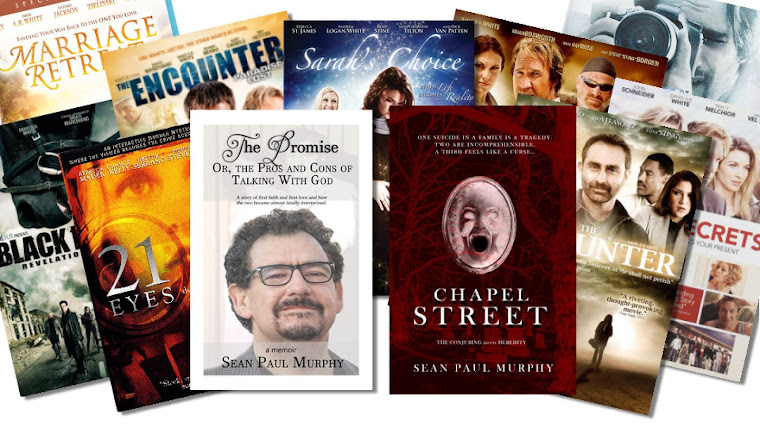Great news! My award-winning feature length documentary, "Sacred Ground: The Battle for Mount Auburn Cemetery," has been picked up by Legacy Distribution.
 |
| Mount Auburn Cemetery |
 |
| Human jaw with tooth. Found March 23, 2014 |
I first saw Mount Auburn Cemetery about twelve years ago. I am an avid genealogist and a bit of a cemetery junkie. One day, while driving from a cemetery in Anne Arundel County to a cemetery in West Baltimore, I drove past Mount Auburn with my cousin Charlotte Ernst. We slowed down while we drove by, and we were astounded by its stage of disrepair. The place stayed in my mind. Later, I wrote a horror script called "Desecrated" which takes place predominately in an overgrown, urban African-American cemetery. I based the location on Mount Auburn Cemetery. Had the film gotten off the ground -- and it nearly did -- I would have hoped to have filmed it at Mount Auburn. Sadly, the cemetery had become the perfect location for a horror movie.
Around September 2007, my wife Deborah and I watched the HBO film "Something The Lord Made" about heart surgery pioneers Dr. Alfred Blalock and his African-American assistant Vivien Thomas. The movie was particularly moving to us because our little granddaughter was only alive because of an procedure made possible by the work of those two men. Deborah wanted to do something to honor Vivien Thomas. I looked him up on findagrave.com and found out that he was buried at Mount Auburn Cemetery.* The following Sunday we drove over to Mount Auburn with the hope of putting some flowers on his grave. With weeds as tall as us covering the bulk of the thirty-three acre cemetery, we soon realized we could never hope to find his grave. Now, the injustice perpetrated upon the people buried there, and their families, became very real to us. We wanted to do something. But what?
 |
| Activist and family member Lu Moorman by the lid of an unearthed casket. |
I immediately contacted an old friend David Butler. David is a talented director with his own successful production company in Annapolis, Maryland. I told David about the situation. After one visit to the cemetery, he agreed to help make the film for Lu. It was an easy decision. Between the two of us, we had all of the skills and equipment necessary. However, after a few days of shooting, David, Debbie and I became convinced that this was a suitable subject for a true documentary. Not because we wanted to make money, but out of a desire for social justice. These families, struggling for dignity for their ancestors, needed a voice and we wanted to give it too them.
 |
| Director David Butler, Associate Producer Lynda Meier and yours truly |
The film was shot over a period of six years as the narrative took many twists and turns. David and I did most of the work ourselves, but we did benefit from some volunteers. Rege Becker came out and did some shooting. Bernie Ozol and Timothy Ratajczak came out and helped with the sound. Jack Hyerman and Andrew Eppig at Clean Cuts provided us with a much-needed sound mix and a soundtrack by Wall Matthews. Our title sequence was provided by Cerebral Lounge. We also relied on the vital and timely assistance of associate producer Lynda Meier. I also must credit my wife, associate producer Deborah Murphy, for her assistance. While Dave and I were often absorbed in the technical aspects of the shooting, Debbie provided the friendly face of the production to the curious and sometimes suspicious people in the neighborhood. We ended up with some of our most crucial interviews as a result of the relationships she developed.
 |
| Lynda Meier and Deborah Murphy |
David and I had a long talk with Dana Webber of Legacy Distribution. As my earlier blogs should reveal, I tend to have a skeptical opinion of distributors but she seemed to have a realistic viewpoint of the options available for the film. I suspect that it will find a home(s) on a cable network in the near future to be followed by its release on various streaming websites. Kudos to our reps, Peter Greene and John Gursha at Film Marketing Services. They found us a good deal we certainly wouldn't have found ourselves.
The film is done, but its mission has only begun. Much work has been done at Mount Auburn since we began filming, but much work remains to be done. Hopefully this film will inspire people to make it happen!
Here's the trailer:
*By the way, it turns out Vivien Thomas was not buried at Mount Auburn Cemetery. It was a false entry in findagrave.com. When Lu Moorman discovered the truth she was almost afraid to tell us because she feared we'd lose interest in the film. By then, however, we were hooked.




Best American Flyer Distribution Company.
ReplyDeleteAmerican Flyer Distribution